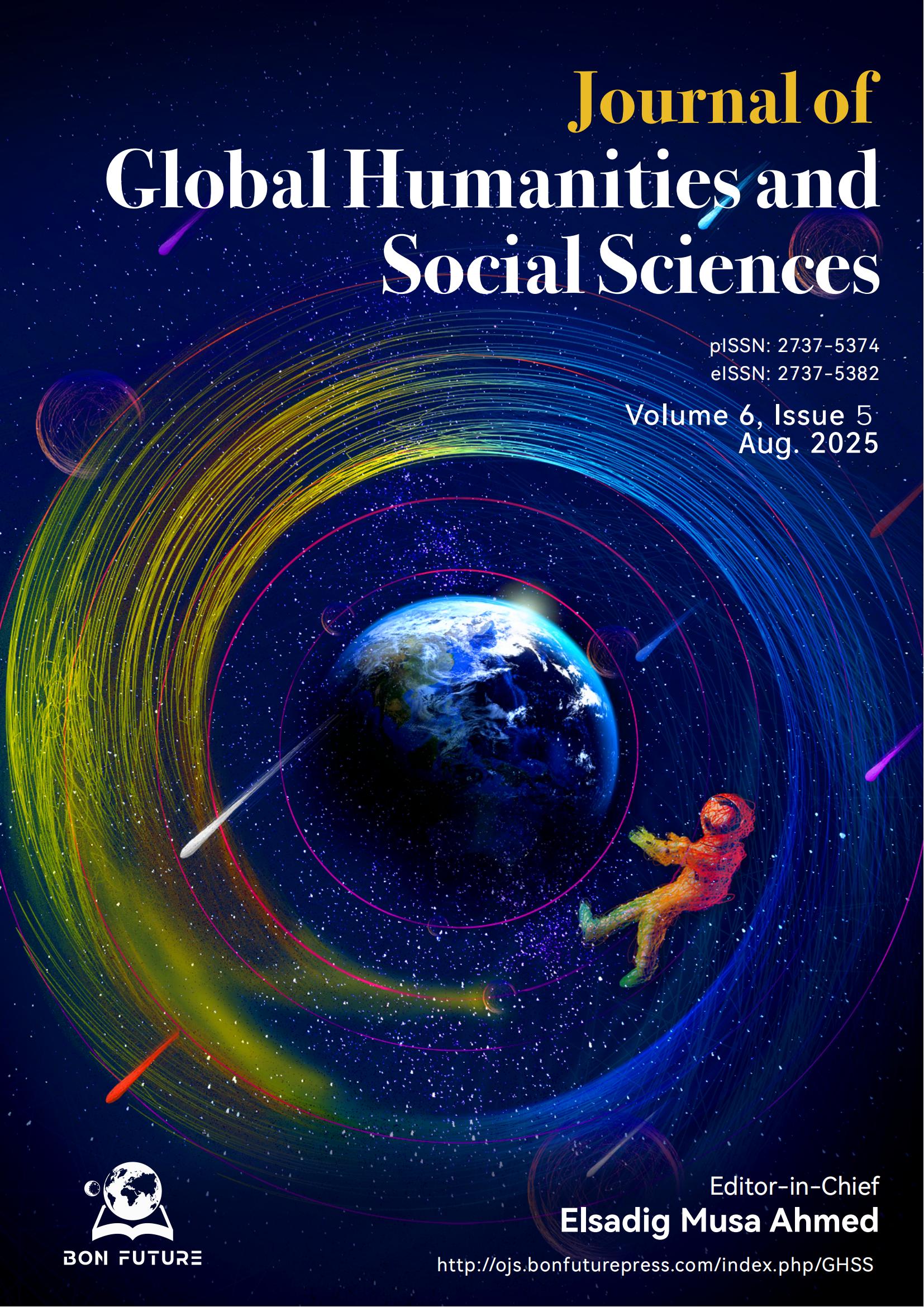Research on Surface Modification Technology of Reverse Osmosis Membranes in Power Plant Water Treatment Systems and Its Anti-fouling Cleaning Efficiency
DOI:
https://doi.org/10.61360/BoniGHSS252018500506Keywords:
reverse osmosis membrane, surface modification, coating technology, plasma, cleaning efficiencyAbstract
With the continuous improvement of power plants' requirements for high-quality circulating water and energy conservation and emission reduction, reverse osmosis (RO) membrane systems have become a core technology in water treatment processes. However, membrane fouling is a common problem during long-term operation, leading to membrane performance degradation, increased operational energy consumption, and higher maintenance costs. To enhance the membrane's antifouling performance and cleaning efficiency, this study focuses on membrane surface modification technology, systematically exploring its principles, process applications, and performance characteristics. The research primarily employs three modification techniques: graft polymerization, surface coating, and plasma treatment to regulate the physicochemical properties of membrane surfaces, combined with cleaning performance analysis to evaluate their antifouling effects. All types of modified membranes show significant advantages in improving hydrophilicity, reducing pollutant adhesion, and enhancing cleaning responsiveness. Among them, plasma-treated membranes demonstrate better stability and adaptability, making them suitable for long-term operation under complex water quality conditions. In conclusion, membrane surface modification technology can effectively extend membrane module lifespan, improve the overall operational efficiency of power plant water treatment systems, and provide a practical technical approach for membrane fouling control.
References
Yang, B., Yao, Z., Lin, S., et al. (2020). Degradation mechanism and surface modification strategy of polyamide thin-film composite membranes. Membrane Science and Technology, 40(3), 161–167.
Chen, F., Cui, W., Zhuang, L., et al. (2024). CO₂/N₂ separation performance of polyethyleneimine-modified polyamide reverse osmosis membranes. Membrane Science and Technology, 44(4), 130–139.
Chen, H., Li, N., Lin, Y., et al. (2024). Research progress on the application of nanofiber support layers in forward/reverse osmosis membranes. Fine Chemicals, 41(12), 2553–2563, 2602.
Zhu, T., Zou, X., Zhong, C., et al. (2022). Research progress on membrane fouling and its control in reverse osmosis wastewater treatment. Contemporary Chemical Research, 2022(11), 52–54.
Zhao, S. (2022). Research progress on the preparation and modification methods of reverse osmosis composite membranes. Yunnan Chemical Industry, 49(6), 20–21, 38.
Yu, H., Zhang, M., Wang, J., et al. (2020). Evaluation of chlorine resistance and antibacterial stability of seawater reverse osmosis membranes. Water Treatment Technology, 46(9), 24–29.
Wang, D., & Jia, W. (2021). Research on biofouling and its control in reverse osmosis systems. Shandong Chemical Industry, 50(9), 230–231, 233.
An, L., & Meng, J. (2021). Research progress on boron removal technology by reverse osmosis membranes. Shandong Chemical Industry, 50(12), 49–51.
Published
Issue
Section
License
Copyright (c) 2025 Ming Li, Min Li, Xiangfei Kong, Xiuxing Huang, Sha Liu

This work is licensed under a Creative Commons Attribution 4.0 International License.




